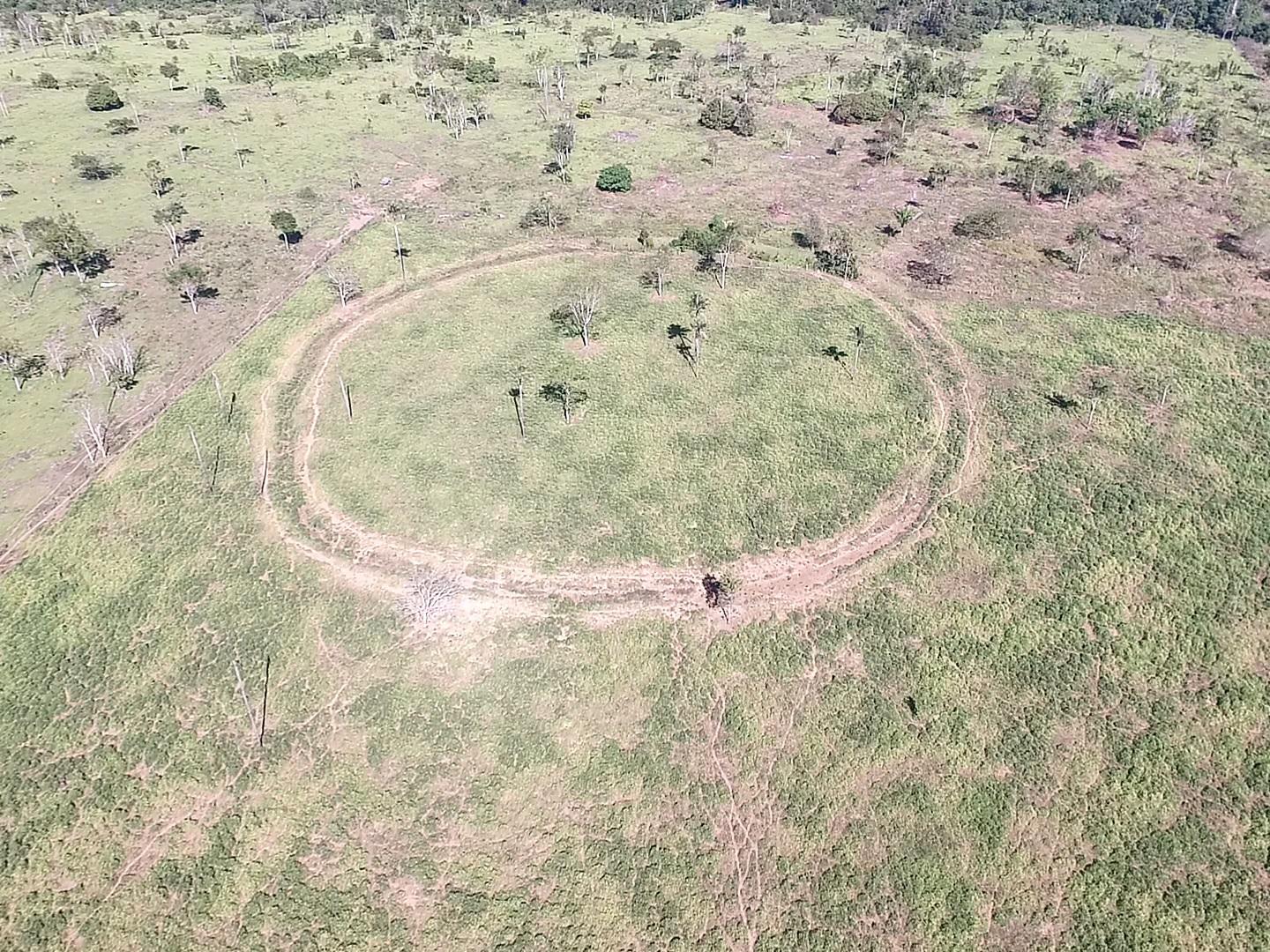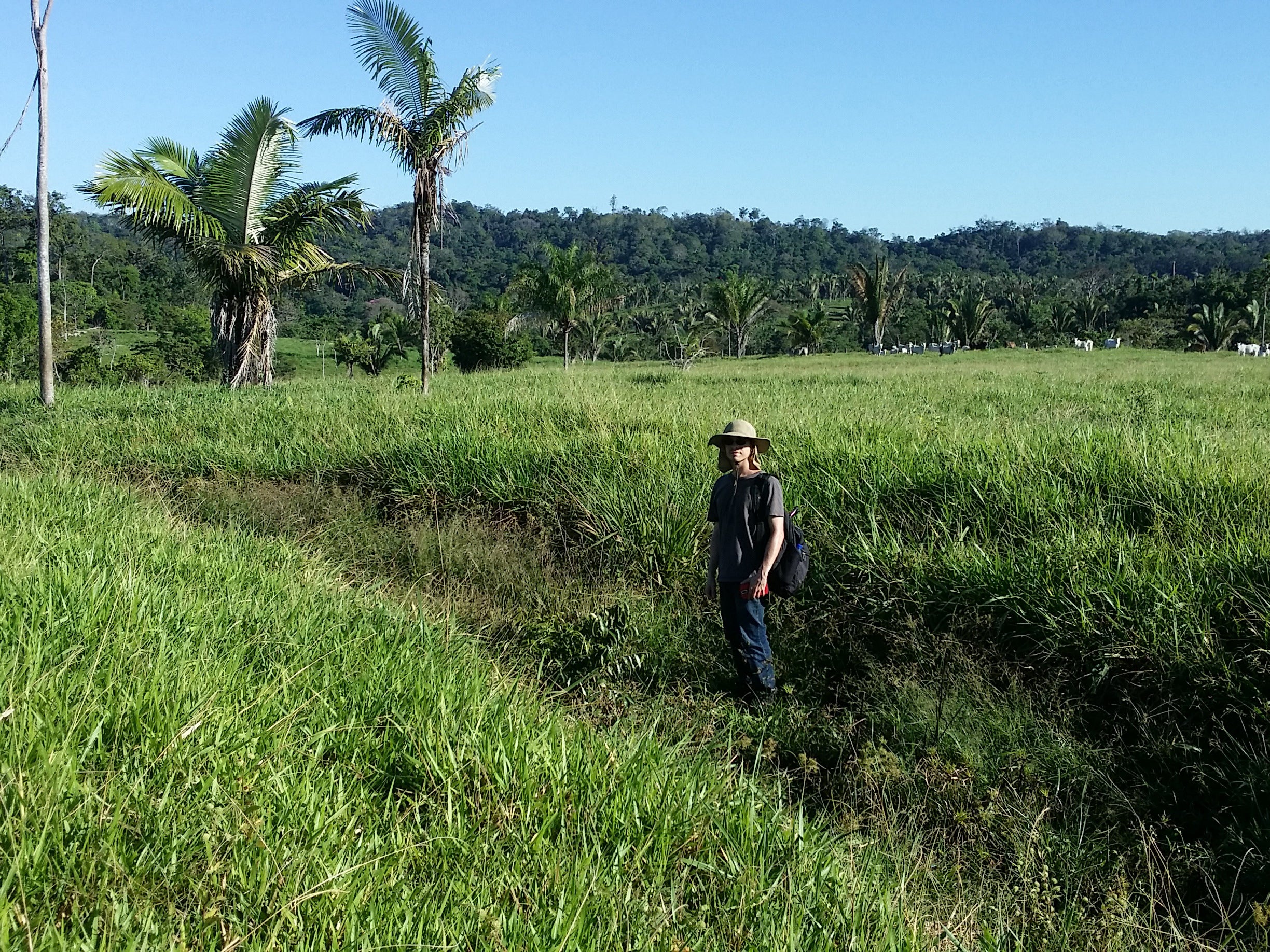The Independent's journalism is supported by our readers. When you purchase through links on our site, we may earn commission.
'Uninhabited' parts of Amazon rainforest were home to a million people before Europeans arrived, study finds
New discoveries from region long assumed to have been uninhabited add to evidence that forest was once home to thriving societies and millions of people

Up to a million people once lived in parts of the Amazon previously thought to have been uninhabited, according to new findings.
Working in the Brazilian state of Mato Grosso, a team led by archaeologists at the University of Exeter unearthed hundreds of villages hidden in the depths of the rainforest.
These excavations included evidence of fortifications and mysterious earthworks called geoglyphs.
The discovery supports the theory that millions of people lived in the Amazon prior to the arrival of Europeans – who eradicated much of the indigenous population through a combination of disease and warfare.
“The idea of Amazonia as a paradise that has never been touched by humans is not true,” Dr Jonas Gregorio de Souza, an archaeologist at the University of Exeter told The Independent.
In a study published in the journal Nature Communications, Dr Gregorio de Souza and his colleagues describe their exploration of a 1800 km stretch of southern Amazonia that was occupied by pre-Columbian “earth-building cultures” until around 1500.
Researchers have traditionally assumed ancient Amazonian communities stuck close to the region’s river systems.
Early estimates for the population of the Amazon prior to the arrival of Europeans were therefore fairly conservative – around one million for the entire region.

However, the new findings suggest the occupation of the Amazon was far more extensive, with settlements spreading far inland. This gives weight to recent estimates that the population of the region was closer to ten million at the time of European arrival.
“We showed that maybe these areas were as densely occupied as the main floodplains,” said Dr Gregorio de Souza.
The Exeter team’s study provides hard evidence to support a complex, thriving society, managing their land in a highly organised fashion.
After conducting ground surveys of 24 sites, the researchers found extensive evidence of human settlement including ceramics, polished stone axes and domestic waste dumps.
They also consistently came across geoglyphs – man-made ditches with strange square, circular or hexagonal shapes – which may have been involved in ceremonial rituals.
The sites range from small settlements surrounded by ditches to 400m-wide fortified villages.
As with other parts of the Amazon and South America as a whole, the arrival of Europeans in the form of Portuguese explorers and colonisers likely led to the collapse of these once-flourishing societies.
“What probably happened is that most of the population was affected even before direct European contact because diseases travel a lot faster than people – so probably these people were already weakened by diseases even before the Portuguese first set foot in the area,” said Dr Gregorio de Souza.
“The classic example is the Inca Empire – the Inca were already suffering from smallpox before the Spanish arrived in the area because it had travelled all the way from Mexico.
“And to this you can add the direct violence and genocide that followed the European conquest by the Portuguese in this case.”
Dr Gregorio de Souza emphasised that most of the Amazon has still not been explored by archaeologists, so there is still a lot of extrapolation when establishing historic population sizes.
However, excavations like theirs are crucial in understanding the human history of the Amazon.
"We are so excited to have found such a wealth of evidence,” said Professor José Iriarte, another team member from the University of Exeter.
“Most of the Amazon hasn't been excavated yet, but studies such as ours mean we are gradually piecing together more and more information about the history of the largest rainforest on the planet.”
Join our commenting forum
Join thought-provoking conversations, follow other Independent readers and see their replies
Comments